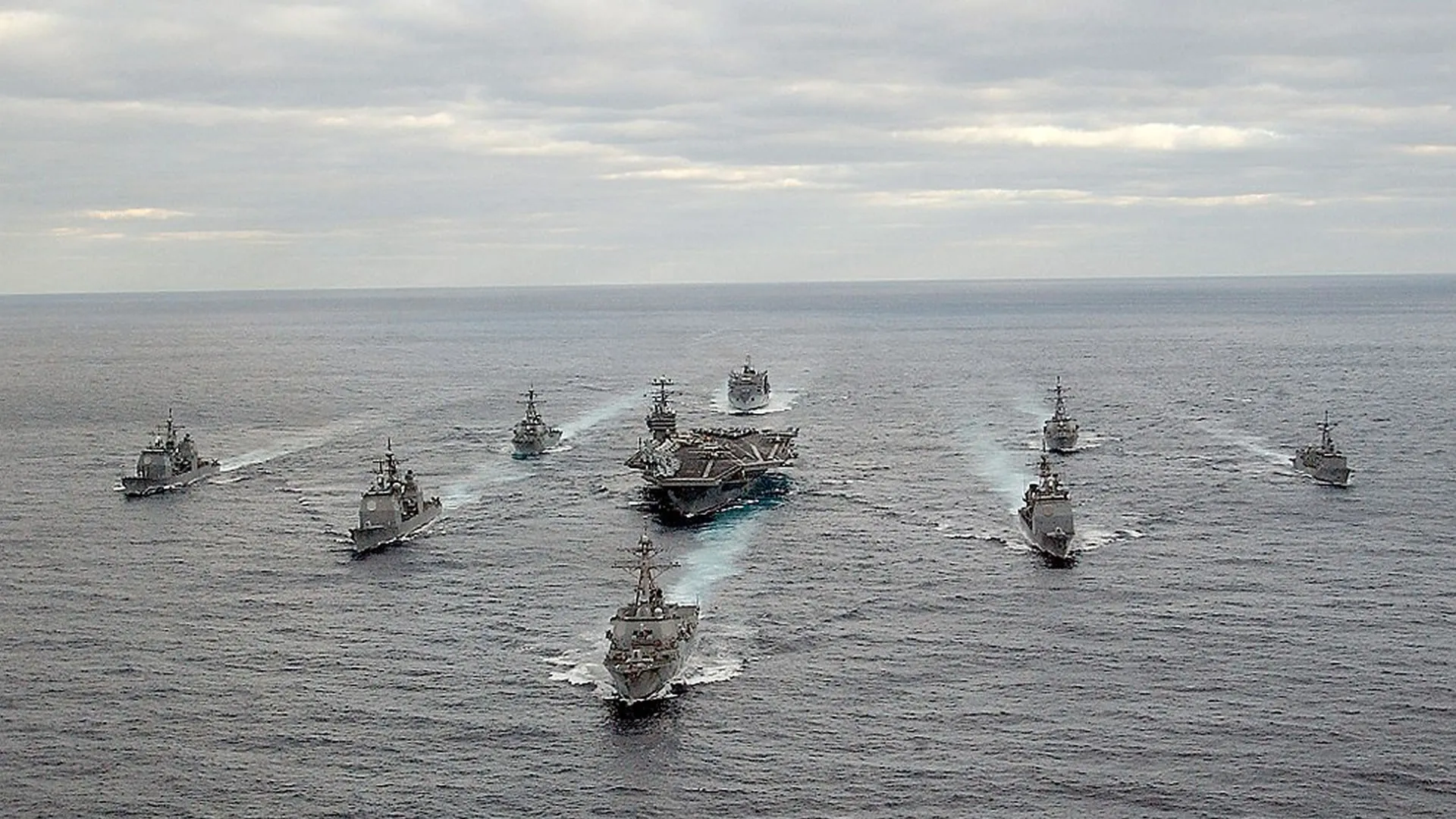Copyright Interesting Engineering

The United States Navy (USN) and Washington are currently in talks to create a new class (or new generation) of U.S. warships tentatively called the “Golden Fleet.” The ships will be primarily designed to counter China’s rapidly expanding naval power, while also incorporating elements of President Donald Trump’s distinctive aesthetic and branding flair. It’s not a formal program yet, but it signals that the U.S. might be preparing to re-imagine its surface fleet around larger, longer-range, missile-heavy ships, with smaller unmanned or corvette-style craft in support. According to the Independent, Trump reportedly wants a “Golden Fleet” of new, powerful, better-looking Navy ships. The motivation appears to be part national defense (deterring China) and part branding exercise. He has previously stated that he dislikes the appearance of current Navy ships and wants something more visually imposing. “This battleship of tomorrow is going to be this thing that carries really long-range missiles,” Bryan Clark, a retired Navy officer and senior fellow at the Hudson Institute who is involved in the discussions, told the Wall Street Journal. The rise of the “Golden Fleet” The new fleet, according to sources, can also be seen through the lens of Trump’s ongoing “culture-war” naval influence, like renaming ships (e.g., the Harvey Milk case). To this end, the news mixes policy with personality, with analysts pointing out late-night texts about “rusty ships,” complaints about “ugly stealth ships,” and a possible future announcement hinted at by the White House. For a more technical point of view, the “Golden Fleet” is an early-stage concept study within the Navy’s modernization planning process. According to the Army Recognition, the “Golden Fleet” would be a next-generation naval architecture focused on countering China’s massive shipbuilding program and long-range missile capabilities. The plan would envisage the construction of larger capital ships between 15,000–20,000 tons. To put that into perspective, that is bigger than current destroyers and closer to cruiser size. The ships would also incorporate heavy armament, especially long-range and hypersonic missiles. Such ships would also likely feature advanced propulsion, hardened hulls, integrated sensors, and modular combat systems. Plans are reportedly also afoot for numerous smaller support vessels (corvettes, light frigates, unmanned platforms) for distributed, agile warfare. To this end, the goal is a “distributed, resilient, long-range strike fleet” instead of the traditional carrier-centric model. According to sources, the plan also acknowledges major industrial constraints such as the fact that U.S. shipyards are already maxed out building things like Columbia-class subs and Ford-class carriers. Ambitious, but can the U.S. deliver? Other issues include the technological readiness of the U.S., with things like hypersonic missile tech not yet being production-ready. As for likely costs, some sources claim that new designs could cost $4–6 billion per hull. Whatever the case, the U.S. Congress is expected to approve concept funding, likely around FY-2027. There is also reportedly interest in partnering with allies for smaller Golden Fleet variants, something akin to NATO corvettes or modular builds. The plan also ties into ongoing Navy experimentation with unmanned vessels (the “Ghost Fleet Overlord” program). Beyond talk of Trump’s injection of branding and aesthetic preferences, the plan has some genuinely interesting defensive logic at its core. China’s navy is now the largest in the world by number of ships. The U.S. can’t just build more destroyers; it needs to rethink fleet composition for distributed warfare and survivability in the missile age.



